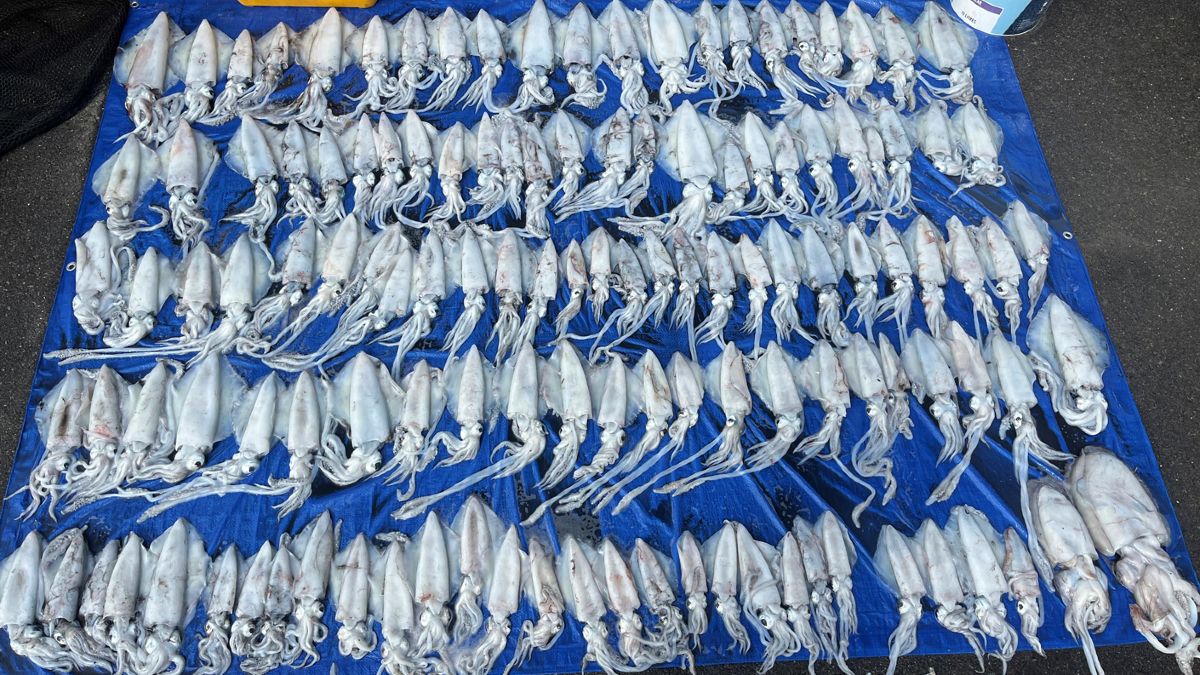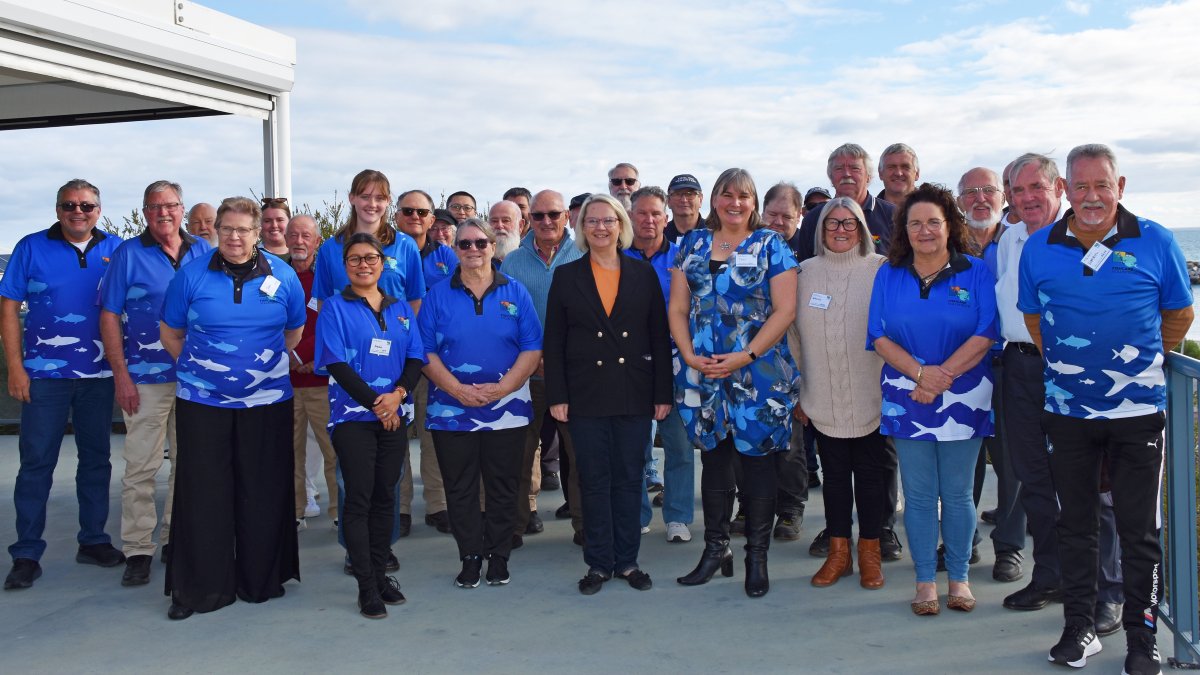The Quarterly Catch July 2025

Snapper rebuilding plan
Snapper stocks in the West Coast and Spencer Gulf and Gulf St Vincent are classified as depleted and have been closed to fishing since November 2019.
To support the recovery of depleted Snapper stocks and the potential reopening of the fishery beyond 30 June 2026, PIRSA is preparing a Snapper Rebuilding Plan. Rebuilding plans are used in SA and other jurisdictions in Australia and overseas to achieve desired recovery outcomes within specified timeframes for fish stocks that have become depleted.
Over the last seven months, PIRSA has worked closely with the Marine Scalefish Fishery Management Advisory Committee (MSFMAC) to progress development of a draft rebuilding plan. A focus of this work has been identifying what recovery and fishing scenarios should be further explored and scientifically modelled by the South Australian Research and Development Institute. These have included:
- What population size should the plan aim to achieve and by when?
- At what size population is it acceptable to reopen fishing?
- How much fishing should be allowed at different population sizes?
SARDI modelling of different scenarios related to the above questions is currently being undertaken and will inform preparation of a draft Snapper Rebuilding Plan. The draft plan is scheduled to be provided to the MSFMAC later in July 2025 before being provided to peak representative stakeholder organisations for feedback before the plan is further updated and provided to the Minister for Primary Industries and Regional Development for consideration (see timeline below).
The Snapper Rebuilding Plan, together with a new Snapper stock assessment report scheduled to be completed in November 2025, will guide whether or not fishing should reopen in July 2026.
Outcomes
Our plan will provide transparent policies and approaches to manage the recovery of Snapper fish stocks in SA. This will include:
- Management objectives for stock rebuilding, with intended target population levels.
- Estimated timeframes for stock recovery against the planned milestones. This depends on various factors such as:
- the level of fishing mortality
- biological characteristics of the species
- recruitment events.
- Pre-defined criteria that will guide our decisions to meet planned objectives. These will consider:
- when fishing should reopen on currently closed stocks
- how much fishing should be permitted for a given Snapper population size
- when fishing levels should be increased or decreased.
- Performance indicators that will be measured to track the plan's progress against target and other reference points.
- Key management arrangements to achieve the rebuilding objectives.
- Frequency of monitoring and stock assessments, including what information will be needed.
Plan timeline
| Development milestone | Anticipated timeframe |
|---|---|
| Draft outline Plan considered by MSFMAC to recommend specific scenarios and options for PIRSA to test and progress | March to June 2025 |
| SARDI modelling of scenarios and options undertaken | April to July 2025 |
| Modelling outputs and draft Rebuilding Plan provided to MSFMAC to endorse for targeted consultation | July 2025 |
| Draft Rebuilding Plan plus modelling outputs provided to peak bodies for comment | August 2025 |
| Peak bodies submit comments on draft Plan | August 2025 |
| Updated draft Rebuilding Plan and stakeholder feedback provided to MSFMAC for endorsement | September 2025 |
For more information, see Snapper management.
Whaler Shark ID guide
Did you know that Bronze Whaler Sharks are listed as vulnerable on the International Union for Conservation of Nature (IUCN) Red List, and Dusky Whaler Sharks are listed as near threatened?
Because of this, these species, along with other vulnerable shark and ray species, have a combined recreational bag limit of 1 in South Australian waters.
If you’re reporting your catch on the new SA Fishing App – or just keen to know the difference – see the Whaler identification guide .

Melbourne man fined over illegal abalone catch
A 55-year-old Melbourne man has been convicted and fined over $3,000 after being caught with a commercial quantity of Blacklip Abalone in South Australia’s South East.
He pleaded guilty in the Mount Gambier Magistrates Court to possessing 46 Blacklip Abalone, 41 of which were found hidden among rocks at Beachport by PIRSA Fisheries Officers on 19 October 2024.
In addition to the fine, he has been banned from possessing abalone in South Australia for 5 years.
Acting Director of Operations, Matt Read, said the case sends a clear message:
"This sort of offending will not go undetected. Fisheries Officers patrol our coastal waters constantly to ensure compliance."
He emphasised the importance of appropriate penalties to protect South Australia’s aquatic resources and sustain high-value species like abalone.
Under the Fisheries Management Act 2007, the daily limit for abalone is 5 per person, with a boat limit of 10. Size limits also apply depending on species and region.
The Southern Zone Abalone Fishery is currently closed due to abalone viral ganglioneuritis (AVG).
Fishers busted trying to smuggle squid at Black Point
Two fishers from Adelaide are facing prosecution after being caught with more than 10 times the legal limit of squid at Black Point.
PIRSA Fisheries Officers intercepted the pair at the boat ramp and seized 157 illegally caught Southern Calamari – far exceeding the daily limit of 15 per person. The boat and all associated fishing equipment were also confiscated.
This incident follows a similar case at Wirrina Cove last month, where 225 illegally caught squid were seized. All involved will be summoned to court and could face fines of up to $20,000 each, plus additional penalties of 5 times the commercial value of their illegal catch.
The squid have been provided to the South Australian Research and Development Institute (SARDI) to support research into the species.
PIRSA Acting Director of Operations Matt Read said the recent non-compliance serves as a reminder to recreational fishers of the importance of observing size and bag limits to protect stock sustainability.

To report illegal fishing, contact Fishwatch or use the Recreational Fishing app.
Phone 1800 065 522 Fishing rulesFishcare volunteers celebrate 30 years of service
The Fishcare Volunteer Program marked a major milestone on Sunday 18 May, celebrating 30 years of education and conservation at a special event held at the Sea Rescue Squadron, West Beach.
Minister Clare Scriven joined volunteers from across the Metropolitan, South East, Riverland, and Yorke Peninsula regions to honour the program’s ongoing contribution to sustainable fishing and community engagement.
Since March 2022, Fishcare volunteers have conducted nearly 400 patrols and participated in over 100 community events and shows. Over the past decade, they’ve reached more than 166,500 recreational fishers, contributed 44,200 volunteer hours, and distributed more than 53,500 crab and pipi gauges.
Education has been a key focus, with 7,495 students learning about fishing rules and stock management through the school talk program.
“Beyond the numbers, the Fishcare Program is about people,” said Minister Scriven. “Our volunteers care deeply about fish stocks and people doing the right thing.”
Today, 56 active volunteers contribute a combined 32,000 hours of experience across four regional teams. A special thanks goes to Toni Crosbie, who has served as State Coordinator since 2006 and has been instrumental in shaping the program’s success.
Here’s to 30 years of "fishing for the future" – and many more ahead.

Subscribe
Subscribe to receive the latest recreational fishing updates direct to your email.